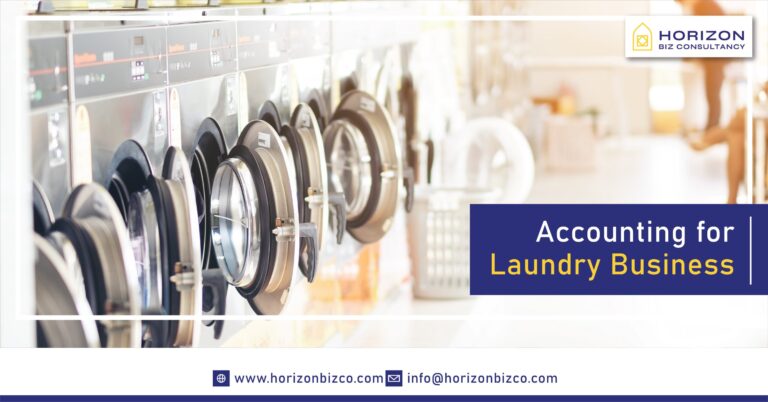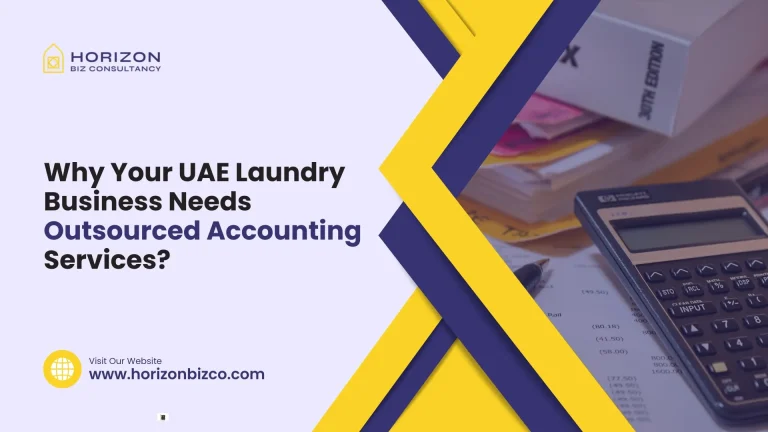Running a profitable coin laundry requires carefully tracking all cash flowing in and out of your business. Setting up a streamlined bookkeeping system may sound intimidating but it does not have to be with the right approach.
This article will explain the key steps to establish solid laundromat accounting fundamentals in plain simple terms. With some time invested upfront in organizing your books, you will reap rewards for years to come through data-driven decision making. Let’s get started!
Step 1: Choose Your Accounting Method
You first need to decide whether to use cash basis or accrual basis accounting.
Cash Basis Accounting
This approach only records actual cash transactions – money physically received from customers or paid out to vendors. It is the simpler method and best suits small laundromats.
- Pros – Easy to implement. Aligns with available bank account balances.
- Cons – Provides an incomplete financial picture since credit transactions are excluded.
Accrual Basis Accounting
This method accounts for all income earned and expenses incurred during a period, not just cash exchanges. It is more complex but shows a business’s full financial health.
- Pros – Presents fuller income/expense record. Better for long-term decisions.
- Cons – More tedious record-keeping requirements.
For most coin laundries, cash basis accounting provides an accurate snapshot of everyday profits. Start here for simplicity unless selling heavily on credit.
Step 2: Set Up a Record Keeping System
Now it is time to start tracking daily financial transactions. You have two main options:
Accounting Software
Programs like QuickBooks offer templates for laundromat financial management with features like inventory tracking, profit analysis, and automated bank imports.
- Pros – Streamlined, specialized tools. Cloud accessibility.
- Cons – Monthly subscription fees. Learning curve.
Excel Spreadsheets
Many laundromat owners create customized Excel files to log income and expenses. Basic templates are easy to find online.
- Pros – Simple. Flexible. No recurring cost.
- Cons – Lacks automation and analytics of formal systems.
Ultimately, choose the record keeping approach that best aligns with your tech comfort level. Just be consistent entering data to enable smart business decisions later.
Step 3: Track All Income Sources
Carefully record every dollar that comes into your laundromat via:
- Machine collections – Coins and cards fed into equipment
- Ancillary services – Wash-dry-fold, delivery fees, vending sales
- Other – Advertising, equipment leases
Separate different income types rather than recording aggregate deposits for clarity. Common accounts include:
- Washer Usage Income
- Dryer Usage Income
- Wash-Dry-Fold Service Income
- Vending Machine Commission
- ATM Withdrawal Fees
- Advertising Display Rent
Date and document all cash inflows whether from machines, services, special offerings, or other sources so you understand the full revenue mix driving profitability.
Step 4: Diligently Track Expenses
Accounting for all coin laundry operating expenses is equally crucial for financial visibility including:
Fixed Costs
Expenses that recur reliably each month such as:
- Rent
- Electric/Gas Bills
- Equipment Lease Fees
- Insurance
Variable Costs
Expenses that fluctuate based on sales volume like:
- Water/Sewer Charges
- Soap and Bag Purchases
- Credit Card Processing Fees
Payroll
For employees on your team, account for:
- Salaries/Hourly Wages
- Employer Tax Contributions
- Health Insurance Outlays
Be sure to record expenses when incurred, not just when invoices are paid. Common accounts include Rent, Utilities, Payroll, Supplies, Maintenance, Advertising and more.
Conclusion
While it takes some diligence, thorough laundromat accounting gives you the visibility required to gauge profits, identify issues, and ultimately elevate your business to new heights. By implementing these 4 steps, you can establish the strong financial foundation at the core of any successful coin laundry.
FAQ’S
Focus first on machine income, utility bills, payroll, rent, and loan payments as these largely determine profitability.
Not necessarily. Many laundromat owners use Excel successfully with some customization. Choose the record-keeping approach best aligned to your abilities.
Focus first on machine income, utility bills, payroll, rent, and loan payments as these largely determine profitability.





